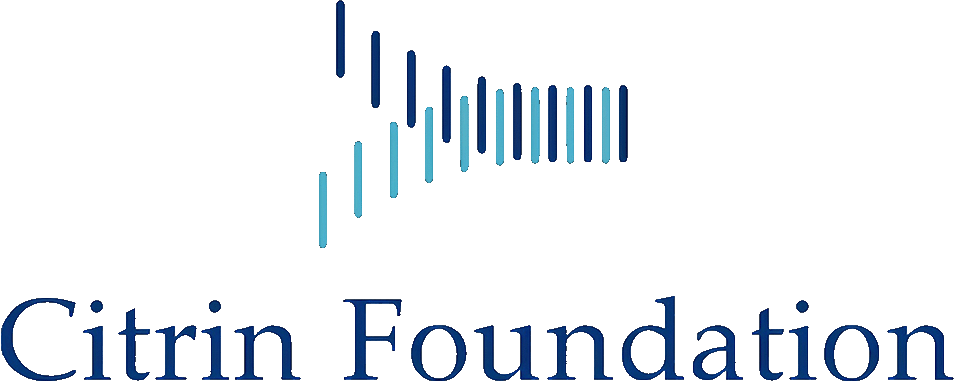Kimihiko OISHI, MD
Departments of Genetics & Genomic Sciences and Pediatrics
Icahn School of Medicine at Mount Sinai, New York, USA
Characterization of the hepatic pathophysiology of citrin deficiency
Citrin deficiency can manifest as a variety of symptoms. This includes prolonged jaundice during infancy and citrullinemia type II characterized by recurrent episodes of abnormally elevated ammonia levels that can cause neurological abnormalities such as altered mental status, psychiatric symptoms, or loss of consciousness during adulthood. It was identified that this condition was caused by a functional defect of an aspartate-glutamate carrier protein on the inner mitochondrial membrane, citrin. As this citrin protein is highly expressed in the liver cells, the main pathology of citrin deficiency is originated from the liver. Recently, we learned that many well-appearing citrin deficiency patients may have undiagnosed non-alcoholic fatty liver or hepatitis, suggesting that these liver abnormalities could progress slowly without being recognized. It is believed that these liver changes could increase the risk of liver cirrhosis and cancer. Thus, discovery of appropriate intervention/therapies for liver disease are in significant need for these patients. Therefore, we set the goal of our study to understand the mechanism of fatty liver, and to discover its new therapies using citrin deficiency mouse models.
Scientific summary
Citrin deficiency is an autosomal recessive disorder of urea cycle metabolism, caused by bi-allelic mutations of the SLC25A13 gene encoding citrin, a mitochondrial aspartate-glutamate carrier, which is predominantly expressed in hepatocytes. This condition can manifest as neonatal intrahepatic cholestasis (NICCD, MIM# 605814) during infancy and citrullinemia type II (CTLN2, MIM# 603471), characterized by adult-onset recurrent hyperammonemia with altered mental status that is refractory to conventional hyperammonemia therapies. The main pathology of the citrin deficiency is originated from the liver, and many patients were found to have nonalcoholic fatty liver disease (NAFLD) including nonalcoholic steatohepatitis (NASH) concurrently upon the diagnosis of CTLN2. Recently, it was revealed that many well-appearing citrin deficiency patients had occult hepatosteatosis, suggesting that the liver pathology progresses slowly without any readily discernible clinical signs/symptoms and laboratory abnormalities. It is believed that these hepatocyte changes increase the risk of liver cirrhosis and cancer. Thus, further understanding of the hepatic pathophysiology of citrin deficiency and discovery of appropriate intervention/therapies for NAFLD are in significant need to reduce the disease burden in patients with citrin deficiency.
Since metabolic pathways affected in citrin deficiency occurs mainly in the mitochondria, it is speculated that there may be an aberrant mitochondrial function in citrin deficiency. Additionally, alterations of mitochondrial structure have been previously reported in NAFLD. With the current recognized link between NAFLD and mitochondrial dysfunction, studies to identify the molecular pathogenesis of the liver abnormalities with a careful observation of mitochondrial function is meaningful and crucial to elucidate novel treatment strategies for citrin deficiency.
The aims of our current studies include 1) better characterization of the histopathology and mitochondrial function in the liver of citrin deficiency with advanced methods, using mouse models disrupting citrin and the mitochondrial glycerol-3-phosphate dehydrogenase with/without metabolic stress; 2) identifying new biomarkers and therapeutic targets for liver disease in citrin deficiency using a newly developed high-throughput global metabolomics platform; 3) evaluating the efficacy of new experimental drugs for citrin deficiency-associated liver steatosis. Through this research, we attempt to accomplish our ultimate future goal to discover new therapies for this complicated condition, citrin deficiency.
(Updated January 2019)


 Dr. Kimihiko Oishi is a Professor and the Chair of the Department of Pediatrics at Jikei University School of Medicine.
Dr. Kimihiko Oishi is a Professor and the Chair of the Department of Pediatrics at Jikei University School of Medicine. 